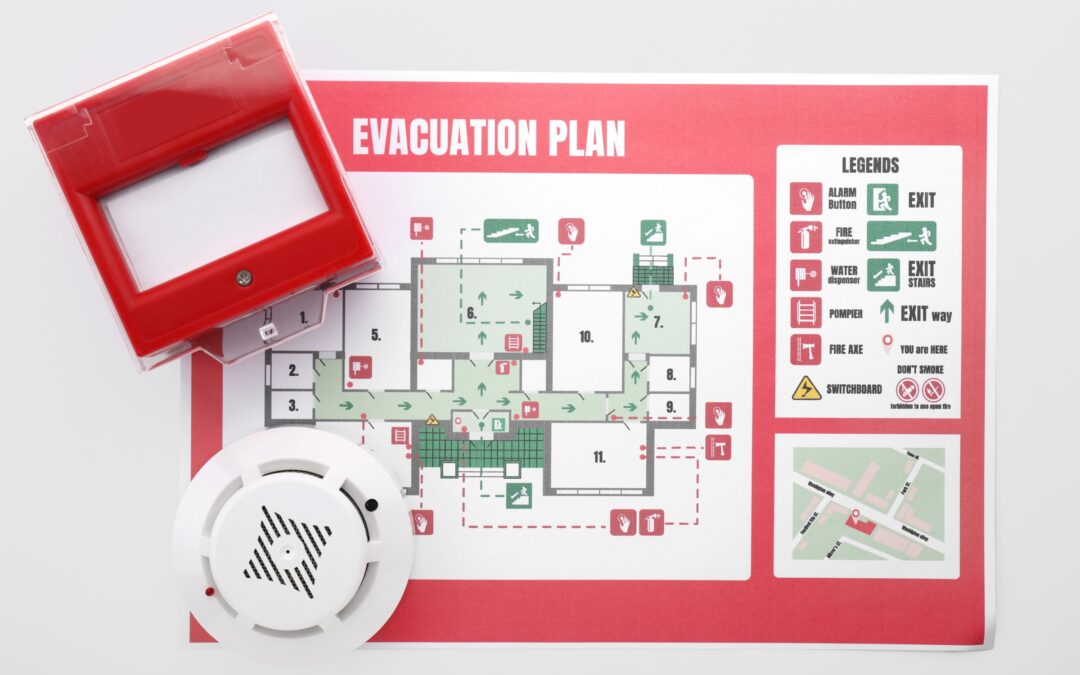Emergencies can happen at any time. Taking the time to prepare and plan for potential emergencies can significantly enhance the effectiveness of how we manage and resolve them. Employees must ensure they are prepared to respond quickly and effectively to safeguard their well-being.
Discussion Points:
- Identify potential emergencies specific to your workplace.
- Explain the designated assembly points and evacuation routes.
- Discuss communication methods during an emergency.
- Encourage employees to ask questions and raise concerns about emergency procedures.
Discussion:
When an emergency happens, having a well-established emergency response plan is crucial for ensuring the safety of all employees. This plan should clearly outline the procedures to follow during various emergencies, including fires, explosions, and chemical spills. Additionally, it should provide details on how to safely and efficiently shut off utilities, evacuate the facility, and whom to contact for assistance.
In addition to having an emergency response plan, employees must receive regular training on emergency procedures. This training should include drills and simulations to ensure employees know what to do and how to react quickly.
Effective communication is crucial during an emergency. Establishing a designated meeting spot outside the facility where employees can gather will help ensure everyone is accounted for and allow emergency responders to locate and assist employees quickly.
Tips for Employees to Prepare for Emergencies:
- Familiarize yourself with the company’s emergency response plan.
- Know how to evacuate the building safely, including route assignments and refuge areas for easy access.
- Understand how to contact emergency services and determine who to report an emergency to.
- Be aware of procedures for assisting individuals with disabilities or those who do not speak English.
- Recognize the alarms that serve as alert signals during emergencies.
- Ensure that emergency supplies, including fire extinguishers, first aid kits, personal protective equipment, and flashlights, are easily accessible and regularly maintained.
- Know how to use emergency eyewash stations and administer basic first aid.
- Know how to respond to chemical spills, and who to contact.
- Participate in regular emergency drills to practice evacuation procedures and response actions.
- Stay informed about potential hazards in the workplace and communicate any safety concerns.
- Report safety hazards or potential risks to supervisors or managers.
- Know who is responsible for shutting down critical operations during an evacuation.
- Cease all activities immediately, remain calm, and follow instructions from supervisors or emergency responders.
- Use the nearest safe exit and follow the EXIT signs.
- Do not re-enter the building until an “all clear” signal is received.
- Implement a system for accounting for personnel following an evacuation.
By following these tips, employees can be better prepared for emergencies and ensure their safety and that of others in the workplace.
As always, stay safe out there!


Recent Comments